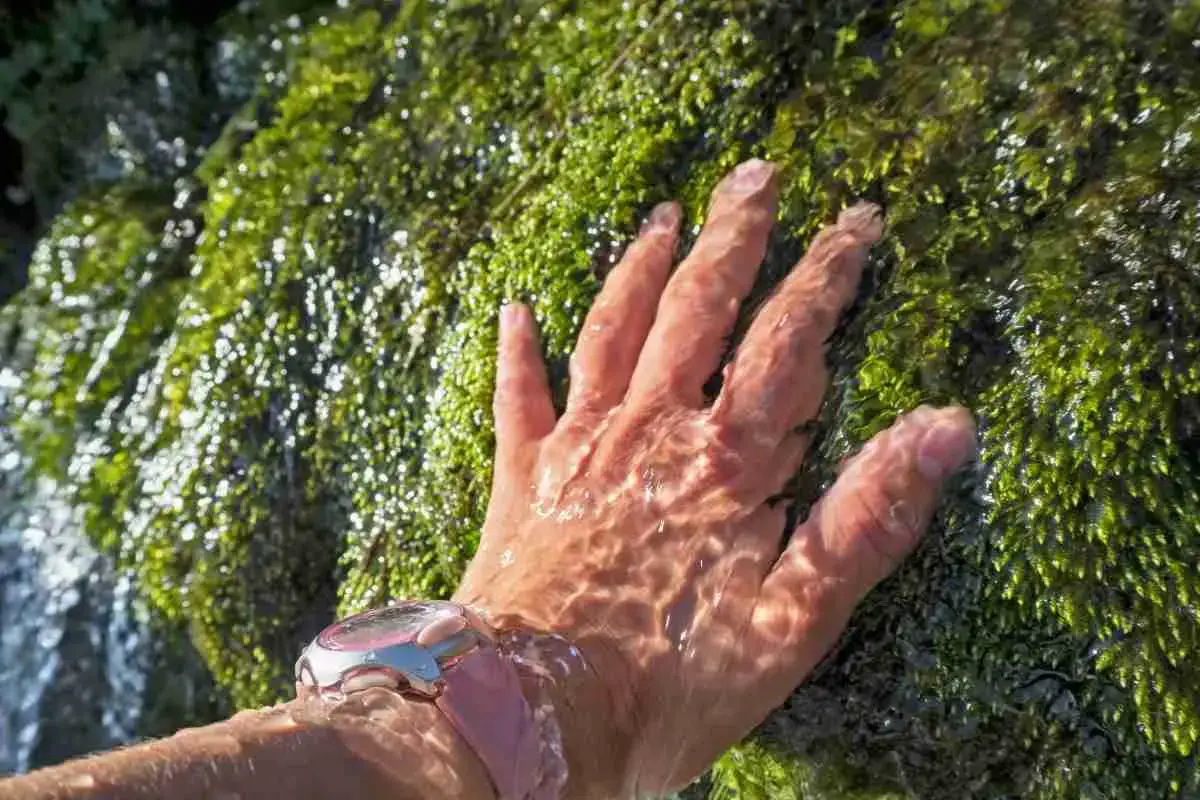
Does Moss (Have And Use) Roots To Grow?
Read more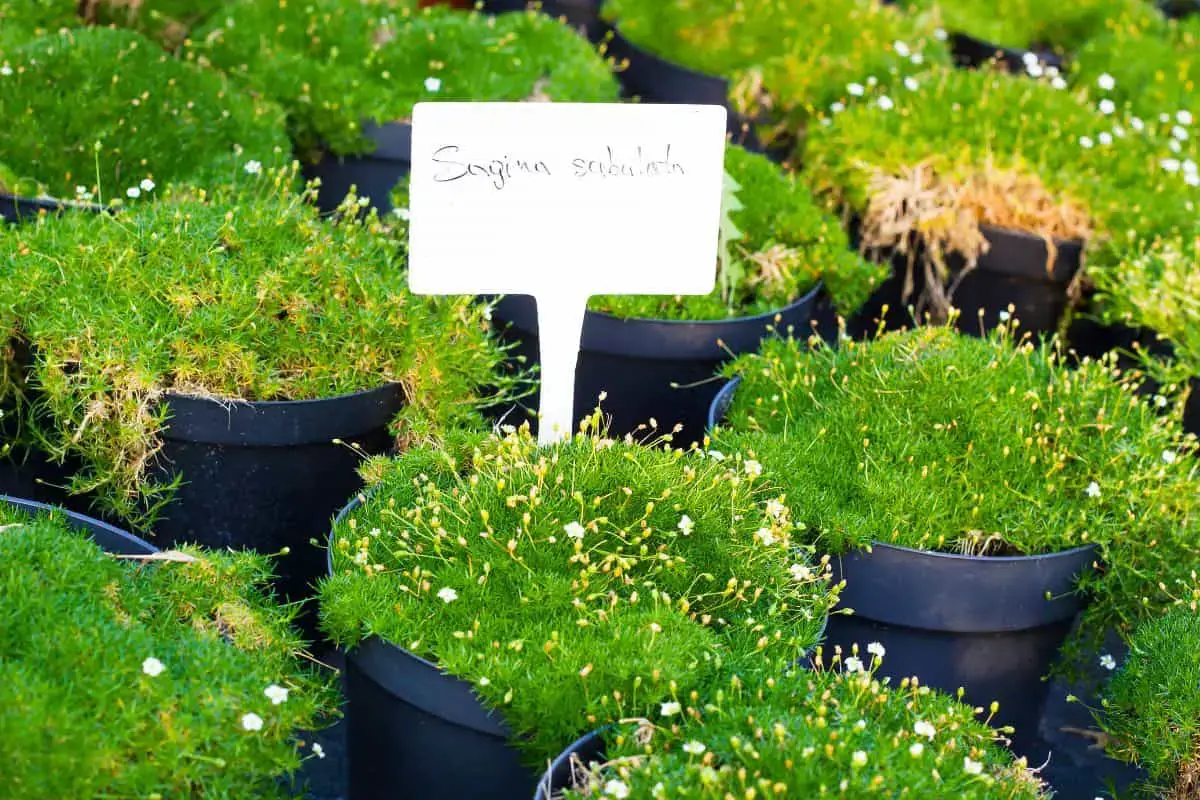
How To Grow Irish Moss Between Pavers?
Read more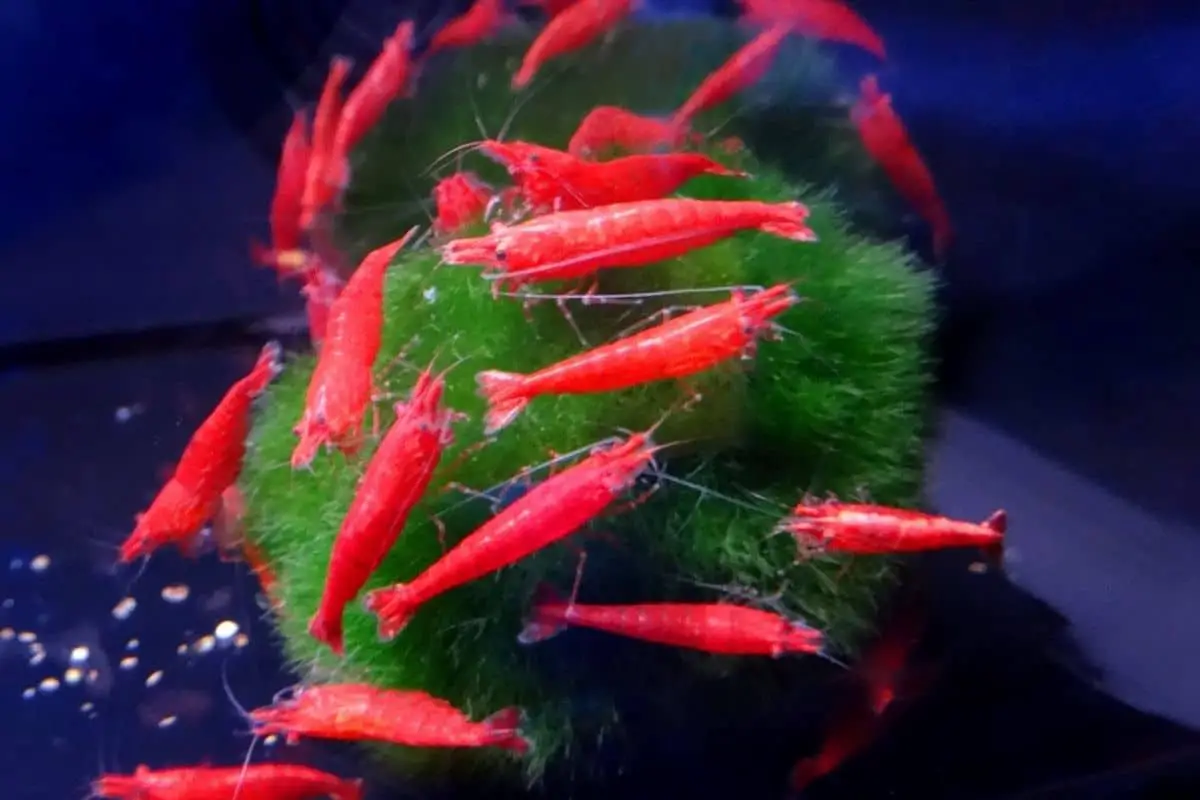
How Long Do Moss Balls Last In A Fish Tank?
Read more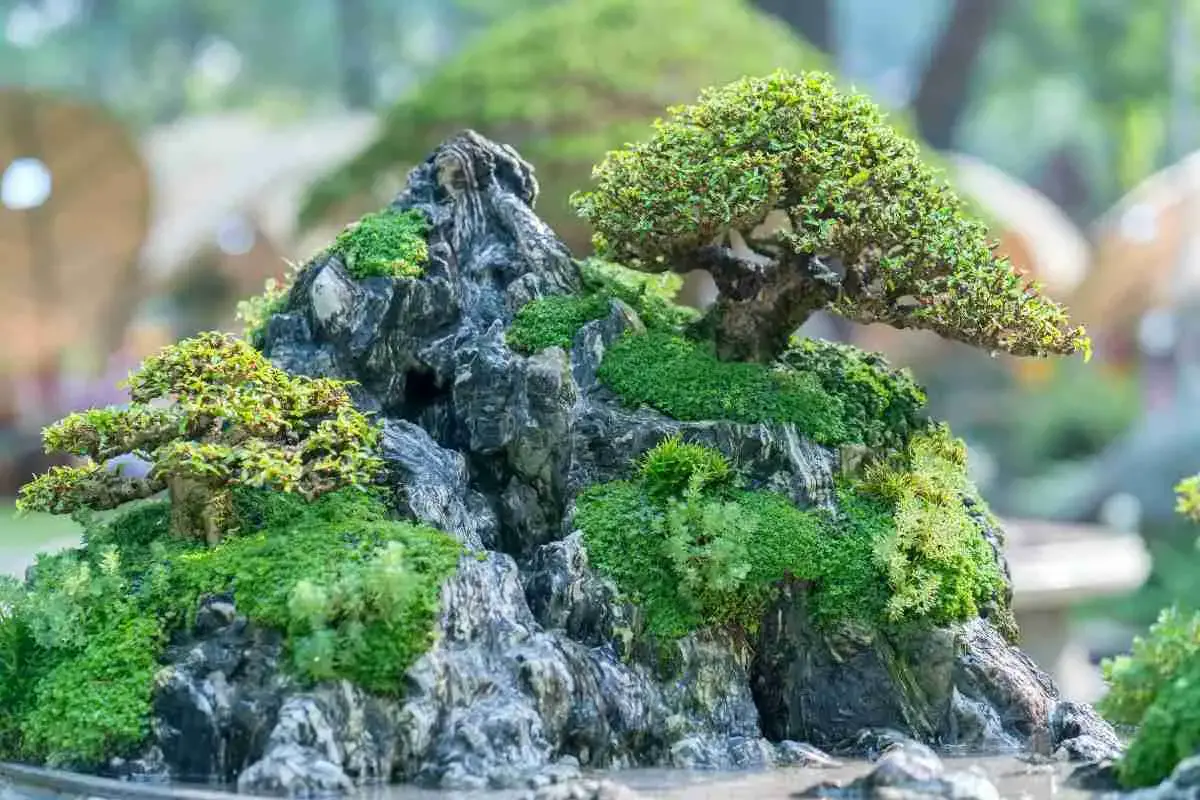
6 Types Of Moss For Bonsai: Bonsai Moss
Read more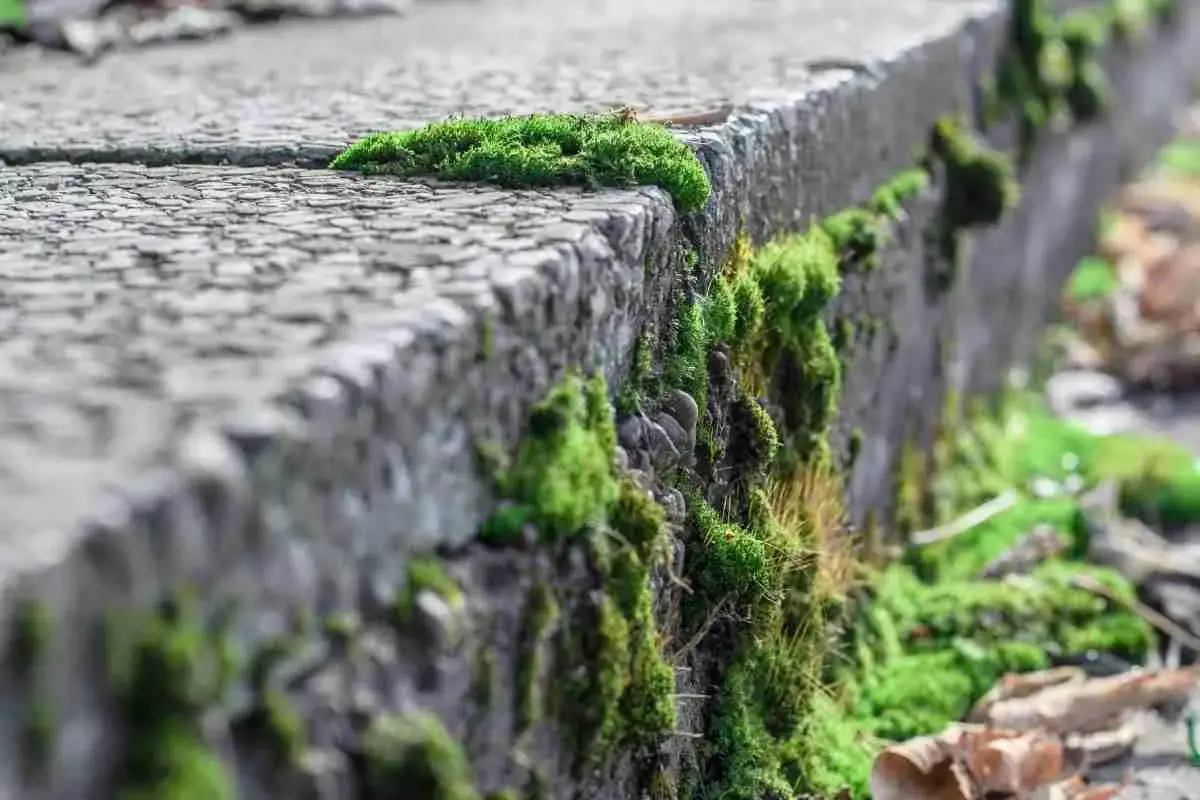
7 Ways To Permanently Remove Moss From Concrete
Read more
5 Best Moss Killers for Block Paving
Read more
The Benefits of Moss on Bonsai: Unlocking Green-thumb Secrets
Read more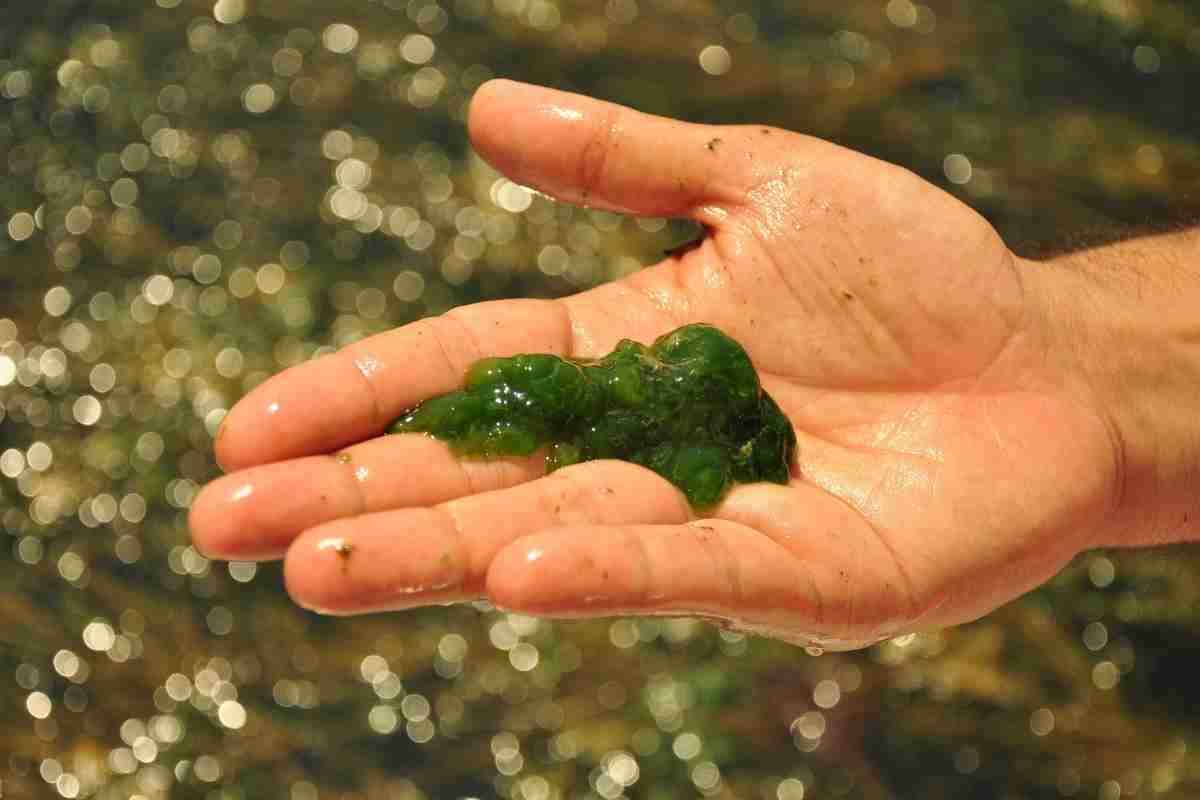
How Fast Does Algae Grow? Growth Rate Factors!
Read more
How to Grow Moss with Yogurt? Step By Step Guide!
Read more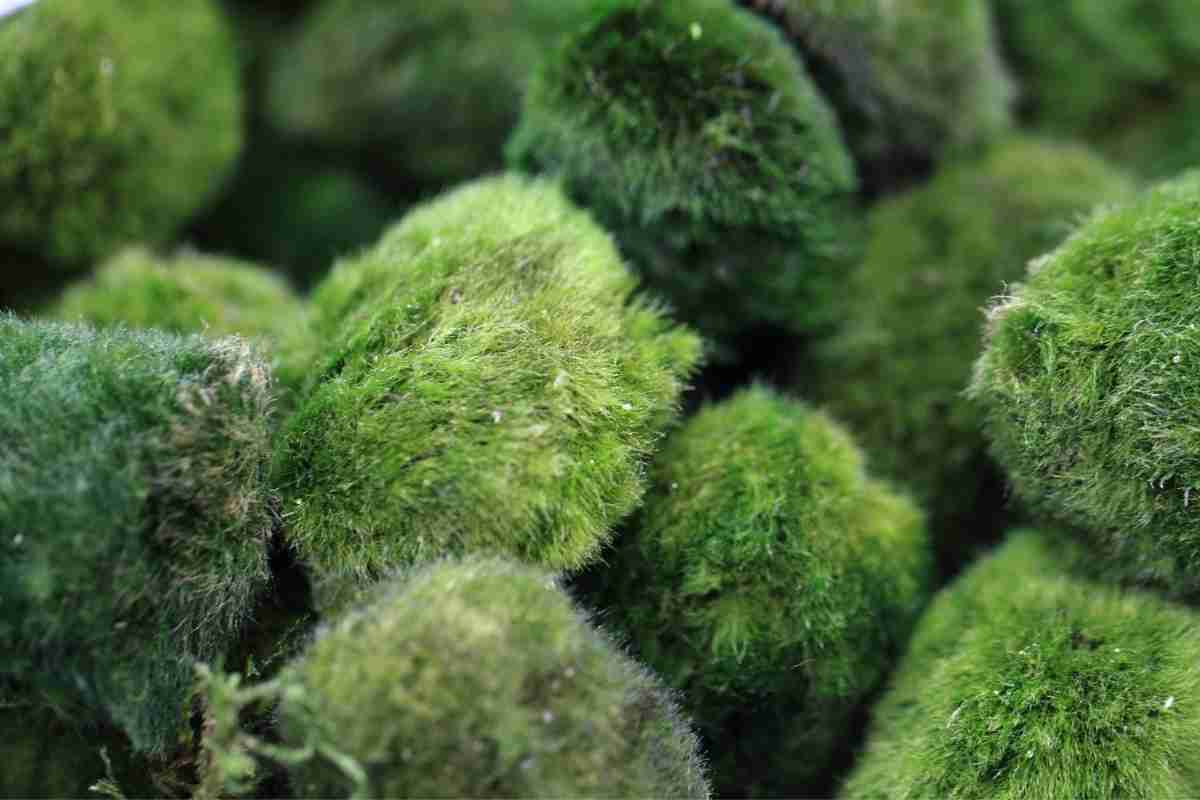
What Are Moss Ball Pets? Detailed Guide!
Read more
What to do if your Christmas moss turns brown or yellow? Find out how to bring your moss back to life
Read more